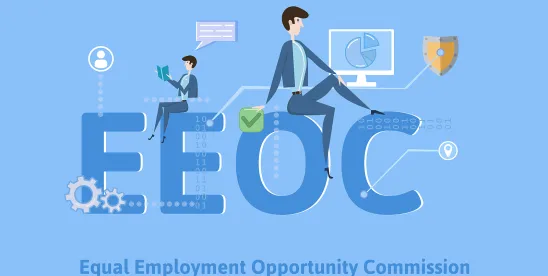For the first time in 25 years, on April 29, 2024, the U.S. Equal Employment Opportunity Commission (“EEOC”) published final guidance on harassment in the workplace, updating the federal workplace guidelines to provide protections for transgender workers related to misgendering and the denial of bathroom access. This new guidance reflects the 2020 U.S Supreme Court’s decision in Bostock v. Clayton County (as we discussed previously here), a landmark decision which held that Title VII’s prohibition on sex discrimination extends to bias based on sexual orientation and gender identity.
The updated EEOC guidelines incorporate the Bostock decision through its inclusion of the definitions of harassment based on sexual orientation and gender identity, including how that identity is expressed. Accordingly, the new guidelines define sex-based harassment to include the following conduct:
- insulting remarks regarding sexual orientation or gender identity;
- physical assault due to sexual orientation or gender identity;
- forced “outing” of an individual (the disclosure of an individual’s sexual orientation or gender identity without permission);
- harassing conduct because an individual does not present in a manner that would stereotypically be associated with that person’s sex;
- misgendering (repeated and intentional use of a name or pronoun inconsistent with the individual’s known gender identity); and
- denying access to sex-segregated facilities consistent with the individual’s gender identity, such as bathrooms and locker rooms.
The guidance also provides multiple examples of unlawful harassment based on sexual orientation and gender identity.
The new EEOC guidance, which goes into effect immediately, is the EEOC’s second attempt in recent years to establish updated anti-harassment guidelines for employers. Although the guidance does not have the force of law and therefore is not legally binding, it serves as a standard for how the EEOC will interpret and enforce laws relating to discrimination in the workplace. The updated EEOC guidance thus should serve as a guidepost for employers, and in light of the new guidance, employers should consider reviewing their policies, practices, trainings and employee handbooks to ensure compliance.




 />i
/>i
